World Wildlife Day 2016: 15 Ways To Save Earth’s Animals And Plants [PHOTOS]
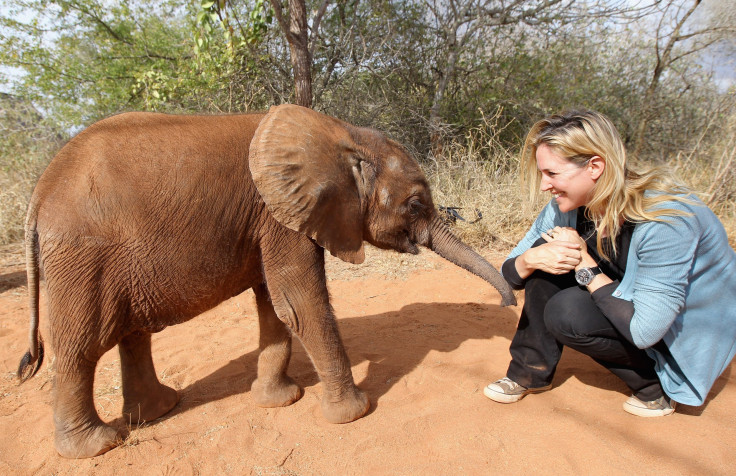
Thursday marks World Wildlife Day, which the 68th session of the United Nations General Assembly designated as a time to celebrate and raise awareness of the planet’s wild animals and plants. African and Asian elephants will be a main focus of this year’s World Wildlife Day under the 2016 theme, “The future of wildlife is in our hands.” However, people around the globe are always encouraged to highlight wildlife species from their own countries on the March 3 observance.
An estimated 100,000 elephants were slaughtered for their ivory tusks between 2010 and 2012 to meet a growing demand in Asia, where raw tusks sell for around $1,100 per kilogram. Most illegal ivory currently comes from the African elephant. But Asian elephants remain at risk. Thousands of elephants are also taken from their wild habitats and sold in the live elephant trade to be used in the tourism industry in countries like Thailand.
At the same time, climate change is posing a fundamental threat to the survival of wildlife species around the world and is putting natural resources at risk. So here are 15 easy ways you can help save Earth’s plants and animals on World Wildlife Day or any day. We also included some ridiculously cute and stunning photos of various wildlife species.
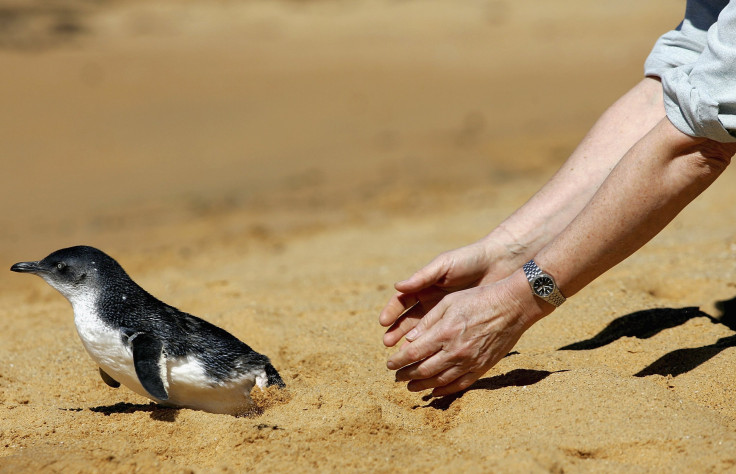
1. Use social media to amplify the theme of this year’s World Wildlife Day with the hashtags #InOurHands and #WWD2016.
2. See Earth’s most amazing creatures up close by spending the day at a nearby national park, aquarium, wildlife refuge, museum or botanical garden.
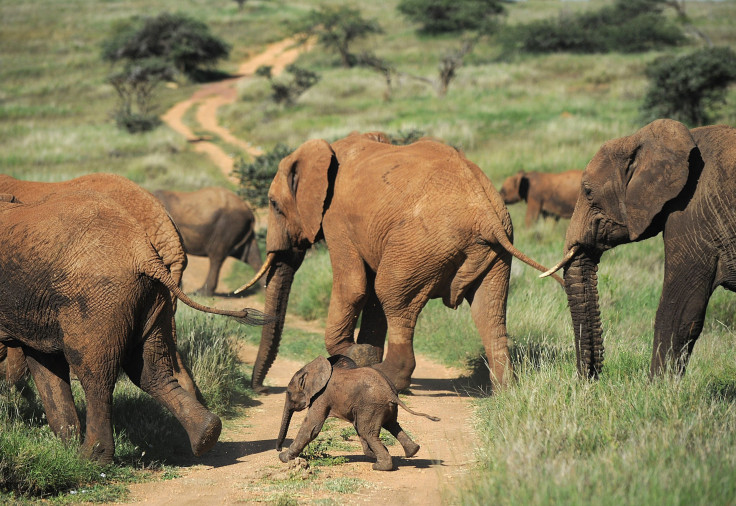
3. Launch a campaign in your local community linked with World Wildlife Day.
4. Talk about the importance of saving the world’s wild animals and plants in schools and universities or with friends and families.
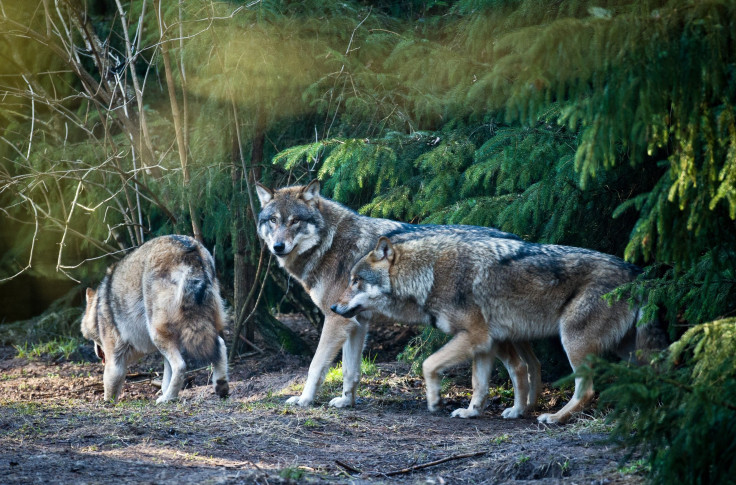
5. Go vegan! Eating a vegan diet rather than an omnivorous one results in 1.485 fewer metric tons of carbon dioxide-equivalent gases per year, which is a bigger CO2 savings than from switching to an eco-friendly car.
6. Organize wildlife photo exhibitions and donate the proceeds to a conservation organization.
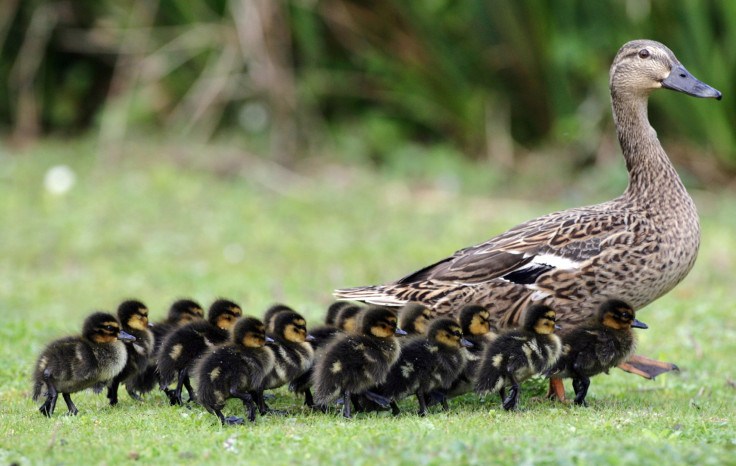
7. Go see a showing of wildlife films or organize your own screening. Finalists from the International Elephant Film Festival will be screened worldwide Thursday.
8. Pledge to be fur-free and refuse to buy or wear any fur.
9. Partake in the World Wildlife Day 2016 poster design contest for a chance to win a free ticket to South Africa.

10. Join a wildlife organization.
11. Donate to a local conservation project. If you’re strapped for cash, donate your time. You can volunteer to rescue wild animals, clean beaches or teach tourists about your local habitat.
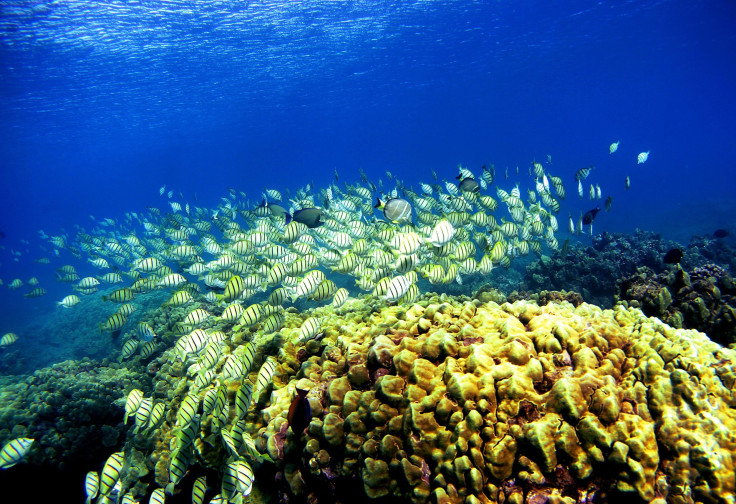
12. Refrain from purchasing goods made from illegally-sourced protected wildlife or their parts and products. Buying these products is not only illegal and can put you in jail, it also harms a species and supports wildlife trafficking.
13. Collect signatures for a “say ‘no’ to illegal wildlife products” campaign.
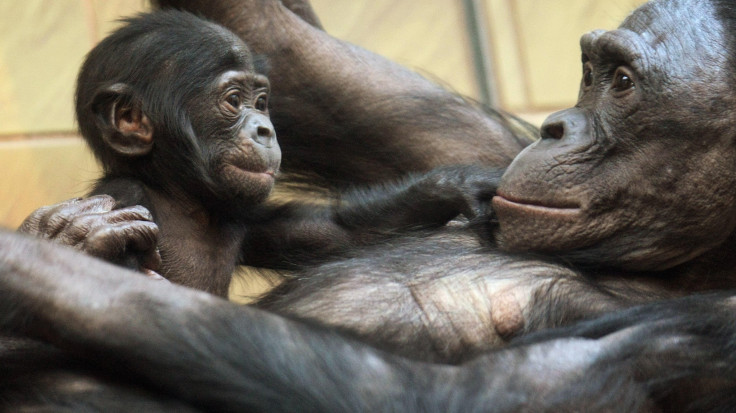
14. Sign up for a road race to raise money and awareness for wildlife. Set a donation goal and choose a wildlife charity.
15. Reduce your overall “footprint” on wildlife and their habitat by setting small goals for yourself each day.

© Copyright IBTimes 2024. All rights reserved.




















